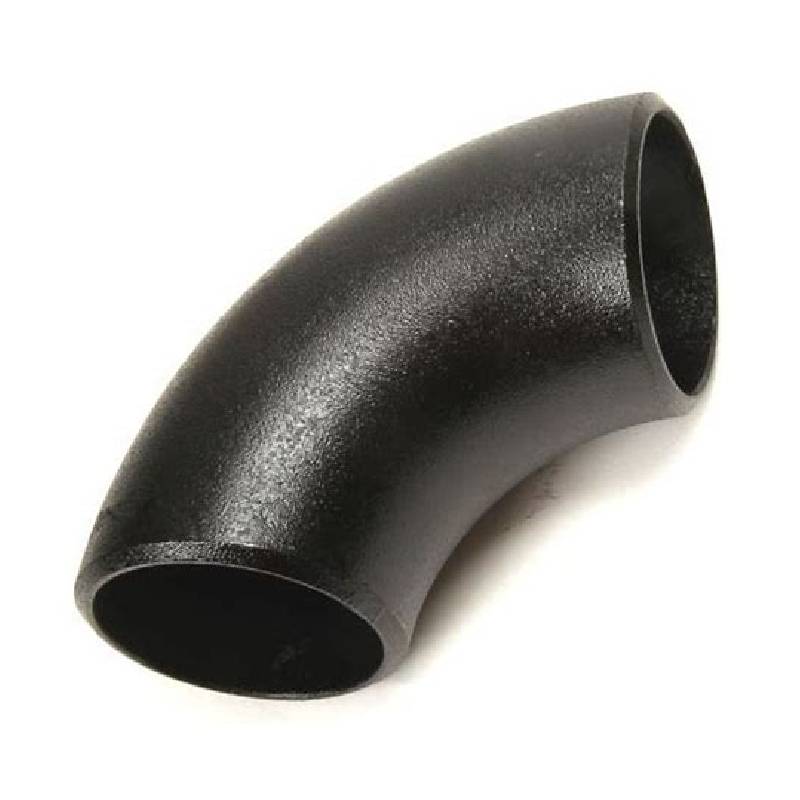-
Cangzhou Yulong Steel Co., Ltd.
-
Phone:
+86 13303177267 -
Email:
admin@ylsteelfittings.com
- English
- Arabic
- Italian
- Spanish
- Portuguese
- German
- kazakh
- Persian
- Greek
- French
- Russian
- Polish
- Thai
- Indonesian
- Vietnamese
- Zulu
- Korean
- Uzbek
- Hindi
- Serbian
- Malay
- Ukrainian
- Gujarati
- Haitian Creole
- hausa
- hawaiian
- Hebrew
- Miao
- Hungarian
- Icelandic
- igbo
- irish
- Japanese
- Javanese
- Kannada
- Khmer
- Rwandese
- Afrikaans
- Albanian
- Amharic
- Armenian
- Azerbaijani
- Basque
- Belarusian
- Bengali
- Bosnian
- Bulgarian
- Catalan
- Cebuano
- China
- China (Taiwan)
- Corsican
- Croatian
- Czech
- Danish
- Esperanto
- Estonian
- Finnish
- Frisian
- Galician
- Georgian
- Kurdish
- Kyrgyz
- Lao
- Latin
- Latvian
- Lithuanian
- Luxembourgish
- Macedonian
- Malgashi
- Malayalam
- Maltese
- Maori
- Marathi
- Mongolian
- Myanmar
- Nepali
- Norwegian
- Norwegian
- Occitan
- Pashto
- Dutch
- Punjabi
- Romanian
- Samoan
- Scottish Gaelic
- Sesotho
- Shona
- Sindhi
- Sinhala
- Slovak
- Slovenian
- Somali
- Sundanese
- Swahili
- Swedish
- Tagalog
- Tajik
- Tamil
- Tatar
- Telugu
- Turkish
- Turkmen
- Urdu
- Uighur
- Welsh
- Bantu
- Yiddish
- Yoruba

Aug . 11, 2024 18:34 Back to list
Design and Functionality of Junction Box Cover Plates for Electrical Safety and Efficiency
The Importance of Junction Box Cover Plates
In the realm of electrical installations, safety and functionality are paramount. One often overlooked but critical component in these systems is the junction box cover plate. This seemingly simple item plays a significant role in both protecting electrical connections and maintaining the integrity of the installation.
A junction box serves as a protective enclosure for electrical connections, ensuring that wires are safely contained and reducing the risk of accidental contact, short circuits, and potential fire hazards. To maintain this level of protection, junction box cover plates are essential. These plates shield the junction box from dust, moisture, and physical interference. By covering the open edges of the junction box, cover plates prevent any foreign objects from entering, which could otherwise disturb the connections or cause shorting.
Junction box cover plates come in various materials, including plastic, metal, and fiberglass, and each material offers its unique benefits. Plastic covers are lightweight and resistant to corrosion, making them ideal for use in areas with high humidity. Metal cover plates, particularly those made of stainless steel or aluminum, provide enhanced durability and are often used in commercial applications where robustness is required. Fiberglass covers can offer resistance against chemical exposure, making them suitable for industrial environments.
junction box cover plate

The installation and maintenance of junction box cover plates are relatively straightforward. However, it is crucial to ensure that the correct size and type of cover plate is used for the junction box. An ill-fitting cover plate can leave gaps that expose wires, defeating the purpose of the protection offered by the junction box. This could lead to hazardous situations, not just for those handling the wiring but also for anyone in proximity to the installation.
Another aspect to consider is the aesthetics of junction box cover plates. In many residential and commercial settings, the visible parts of electrical systems can impact the overall look and feel of the space. Manufacturers offer a variety of designed options, including decorative cover plates that can blend seamlessly with the decor. These options allow homeowners and businesses to maintain functionality while also adhering to design preferences.
Electrical codes and regulations often necessitate the use of junction box cover plates in new residential and commercial construction. Compliance with these codes ensures not only the safety of the installation but also protects those who utilize the facilities. Inspectors often check that all junction boxes have appropriate cover plates installed before granting approval, emphasizing the role these items play in regulatory adherence.
In conclusion, junction box cover plates may appear to be a minor component in electrical installations, but they are critical for safety, compliance, and aesthetic purposes. Selecting the correct type of cover plate, ensuring proper installation, and maintaining it over time are essential practices for anyone involved in electrical work. By prioritizing these small yet significant details, electricians and contractors can ensure the longevity and safety of their electrical systems. Ultimately, investing in quality junction box cover plates is a smart choice that protects both the functionality of the installation and the well-being of its users.
Latest news
-
ANSI 150P SS304 SO FLANGE
NewsFeb.14,2025
-
ASTM A333GR6 STEEL PIPE
NewsJan.20,2025
-
ANSI B16.5 WELDING NECK FLANGE
NewsJan.15,2026
-
ANSI B16.5 SLIP-ON FLANGE
NewsApr.19,2024
-
SABS 1123 FLANGE
NewsJan.15,2025
-
DIN86044 PLATE FLANGE
NewsApr.19,2024
-
DIN2527 BLIND FLANGE
NewsApr.12,2024
-
JIS B2311 Butt-Welding Fittings LR/SR 45°/90° /180°Seamless/Weld
NewsApr.23,2024











